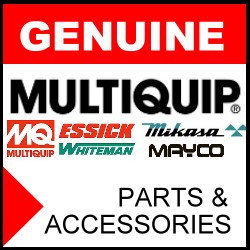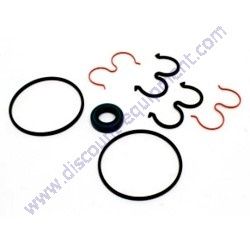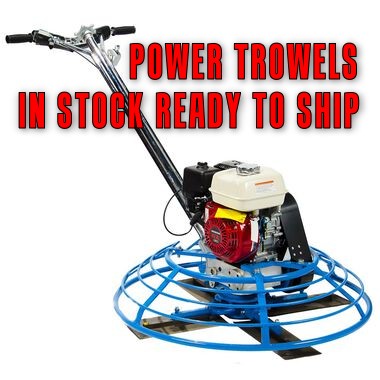You are here: Home > Rental Equipment > Chipping Hammer & Breaker Rental |
Hammer Chipping Rental Electric (22.4 lb - Bosch) H22ESafety Information
WORK AREA DEMOLITION HAMMER SAFETY RULES Hold tools by insulated gripping surfaces when performing an operation where the cutting tool may contact hidden wiring or it own cord. Contact with a "live" wire will make exposed metal parts of the tool "live" and shock the operator. Do not drill, fasten or break into existing walls or other blind areas where electrical wiring may exist. If this situation is unavoidable, disconnect all fuses or circuit breakers feeding this worksite. Wear ear protectors when using the tool for extended periods. Prolonged exposure to high intensity noise can cause hearing loss. Do not cut or drill into gas lines. Use a metal detector to determine if there are metal pipes hidden in the work area or call the local utility company for assistance before beginning the operation. Striking or cutting into a gas line will result in explosion. Always use the side handle for maximum control over torque reaction or kick-back. Never attempt to operate this tool with one hand. The slip clutch engages if you firmly control the tool during a torque reaction or kickback. Always wear safety goggles or eye protection when using this tool. Use a dust mask or respirator for applications which generate dust. Safety goggles or eye protection will help deflect fragments of the material that may be thrown toward your face and eyes. Dust generated or gases released from the material you are cutting (i.e. asbestos insulated pipes, radon) may cause respiratory difficulties. Use thick cushioned gloves and limit the exposure time by taking frequent rest periods. Vibration caused by hammer-drill action may be harmful to your hands and arms. Position yourself to avoid being caught between the tool or side handle and walls or posts. Should the bit become bound or jammed in the work, the reaction torque of the tool could crush your hand or leg. Do not strike the bit with a handheld hammer or sledge hammer when attempting to dislodge a bound or jammed bit. Fragments of metal from the bit could dislodge and strike you or bystanders. Never place the tool down until the motor has come to a complete stop. Do not use dull or damaged bits and accessories. Dull or damaged bits have a greater tendency to bind in the workpiece. When removing the bit from the tool avoid contact with skin and use proper protective gloves when grasping the bit or accessory. Accessories may be hot after prolonged use. Some dust created by power sanding, sawing, grinding, drilling, and other construction activities contains chemicals known to cause cancer, birth defects or other reproductive harm. Some examples of these chemicals are:
Your risk from these exposures varies, depending on how often you do this type of work. To reduce your exposure to these chemicals: work in a well ventilated area, and work with approved safety equipment, such as those dust masks that are specially designed to filter out microscopic particles. |
We know your business success depends on reliable quality equipment and parts to continue being a leader in your industry. When you want Genuine Bosch original equipment parts, accessories and equipment you can always depend on Discount-Equipment.com to come through with the genuine o.e.m. products you need as quickly and inexpensive as possible. Our sales staff combined experience consists of over 90 years in the construction parts and equipment industry. We have over 1 million items online, if you are having trouble finding your item, we also have the resources to help you find what you need, our industry leading web site includes thousands of parts and service manuals available to look up your items. If you don't find what you are looking for please fill out our parts request form here.
 | 42009-04 Multiquip PUMP, FUEL HP BOSCH UL LISTED OEM partYour Price: $579.63 |
 | 85197GT SEAL KIT BOSCH PUMP Genie GS-1930 GS-1932 Scissor LiftYour Price: $67.66 |
 | 233641GT SEAL KIT BOSCH PUMP Genie GS-1930 GS-1932 Scissor LiftYour Price: $72.78 |
Reciprocating Saw, (Bosch 1634VS 0160)Your Price: $165.00 | |
Reciprocating Saw, (Bosch 1634VS 0160)Your Price: $165.00 | |
Reciprocating Saw, (Bosch 1634VS 0160)Your Price: $165.00 | |
Reciprocating Saw, (Bosch 1634VS 0160)Your Price: $165.00 |
Search
Shopping Cart
Quote Queue |
Manufacturer/Brand
Equipment Type

Edit this page










